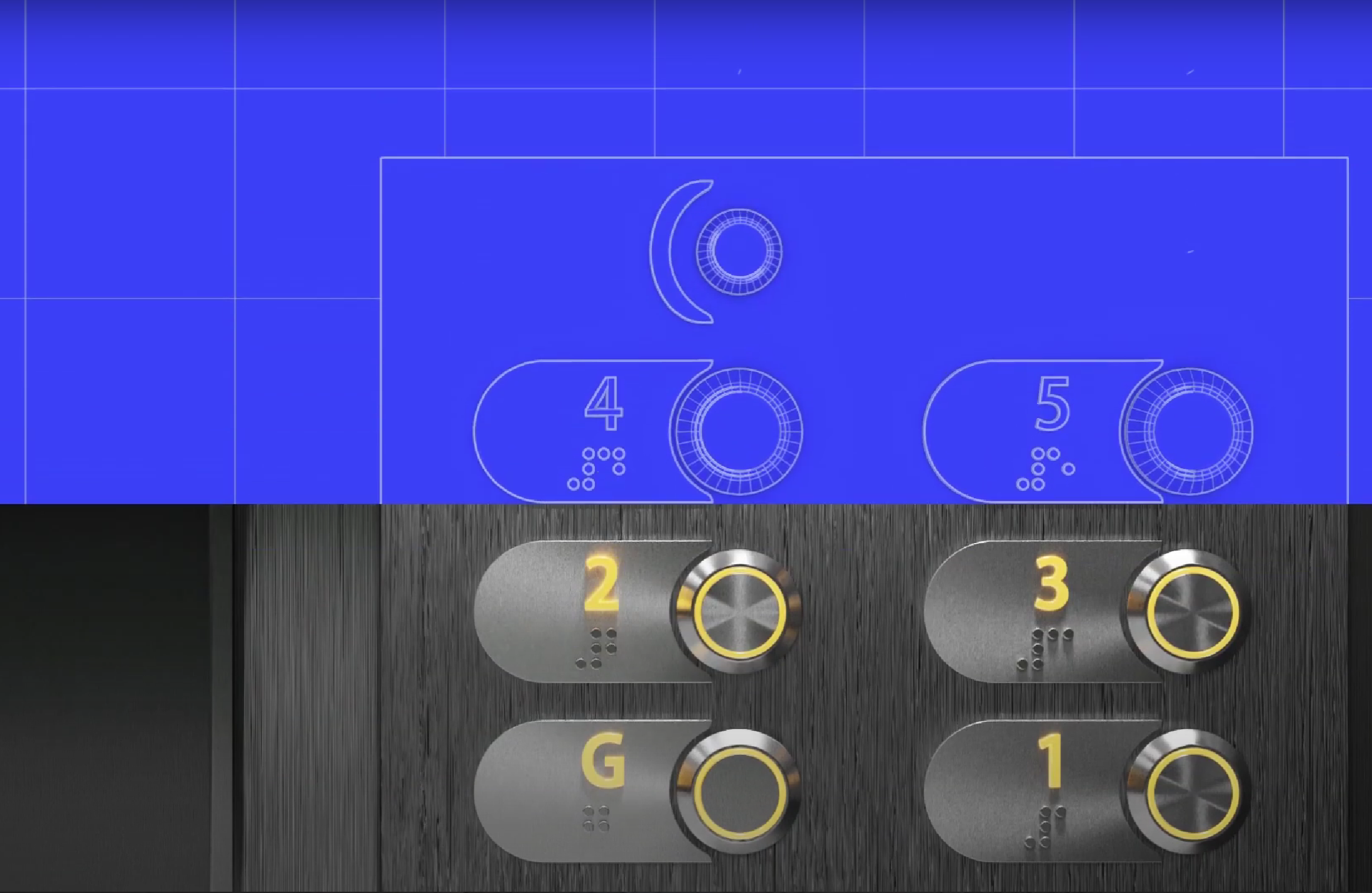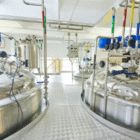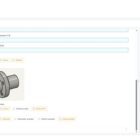Documentation Generation and Management using Design Automation
Documentation generation and management are critical aspects of machinery manufacturing companies, ensuring accurate and up-to-date information about product designs and associated data. In machinery manufacturing, Design Automation and Computer-Aided Design (CAD) tools like SOLIDWORKS, Autodesk Inventor, PTC Creo, along with software platforms like Tacton, play a vital role in facilitating efficient documentation generation and management.
Design Automation refers to the use of CAD tools and configurators to automate design tasks and processes, offering engineers and designers the ability to generate designs, make modifications, and create documentation quickly and accurately. Within the Scandinavian Digital benefits showcase, Digitalisation takes a prominent position among the six core value areas. It holds particular significance for manufacturing companies, offering valuable advantages.

When you save information in a digital document or in the master model of your product, it goes beyond mere reliance on human memory. This significantly aids in ensuring repeatability in the future, as the data remains preserved even if the person responsible is no longer available. Losing that individual does not result in the loss of valuable data, thus providing added security and continuity.
Our partner and head of the Indian office, Vivek Nagarajan, expert in Design Automation with more than 15 years of experience, explains the relevance of this part of the DA process: “Design Automation gives our customers the power to document the present, preserving knowledge for the future. The documentation becomes a valuable asset for not just the current project but also for upcoming ones. This accumulation of knowledge, facilitated by automation, establishes a foundation for continuous learning and empowers organizations to build on past successes.”
CAD tools specifically tailored for machinery manufacturing provide comprehensive features and functionalities to create, modify, and visualize 3D models and 2D drawings, assemblies, and manufacturing drawings. These tools empower design automation by enabling users to capture and reuse design intent, automate repetitive tasks, and generate accurate documentation directly from the CAD model.
In the context of machinery manufacturing, CAD tools offer several features that enhance efficiency and precision in documentation generation, Automated Drawing Creation is one of them, being a highlight of our work with clients. CAD tools enable the automatic generation of 2D drawings from 3D models, providing machinery manufacturers the ability to define drawing templates with standardized title blocks, borders, and other annotations. When modifications are made to the 3D model, associated drawings can be updated automatically, ensuring that all documentation remains synchronized and accurate.
Another important part of the documentation generation is the Bill of Materials (BOM). Machinery manufacturing often involves complex assemblies and subassemblies. CAD tools facilitate the creation of BOMs, listing all the components and parts required for manufacturing a machine. BOMs can be automatically generated from the CAD assembly, including part numbers, descriptions, quantities, and other pertinent information. This simplifies the process of creating and managing accurate BOMs, reducing errors and ensuring consistency across the documentation. The generation of BOMs are also relevant to other areas, besides engineering, inside a machinery manufacturing company, for example, the Supplier Integration team.

When the topic is: Software Integration. We can tell that some software integrates to common CAD tools and have the potential to benefit machinery manufacturers. Platforms like Tacton, which provide additional capabilities for automating configuration, quoting, and documentation generation processes. These platforms seamlessly integrate with CAD tools like SOLIDWORKS, Autodesk Inventor, PTC Creo and leverage product configurators to generate customized designs and associated documentation based on customer requirements. Such integration streamlines the management of complex product configurations and ensures the generation of accurate and detailed documentation.
Design automation simplifies documentation generation and management, allowing engineers to focus on innovation. Automated tools seamlessly create documentation as part of the design process, enhancing knowledge sharing and project execution.
Giving the word again to our partner, Vivek Nagarajan to conclude the benefits of the topic, “With design automation, the once tedious task of managing documentation becomes a seamless and effortless process. Automated documentation is not just a convenience but a necessity in today’s fast-paced and information-driven world. As design complexities increase, and project timelines shorten, automation becomes indispensable for managing the vast amounts of data and knowledge generated throughout the design lifecycle.”, stated.
And this is a game changer for machinery manufacturing companies, leveraging design automation, CAD tools like SOLIDWORKS, Autodesk Inventor, PTC Creo, and software platforms like Tacton are crucial for efficient documentation generation and management. These tools provide features such as MBD, automated drawing creation, BOM generation, revision control, and integration with software platforms, thereby streamlining the process, enhancing productivity, reducing errors, and delivering high-quality documentation to support the machinery development process.
You can watch the Bag Filter DEMO signed by the Scandinavian Team with the configuration of the product and the documentation automatically generated below:








